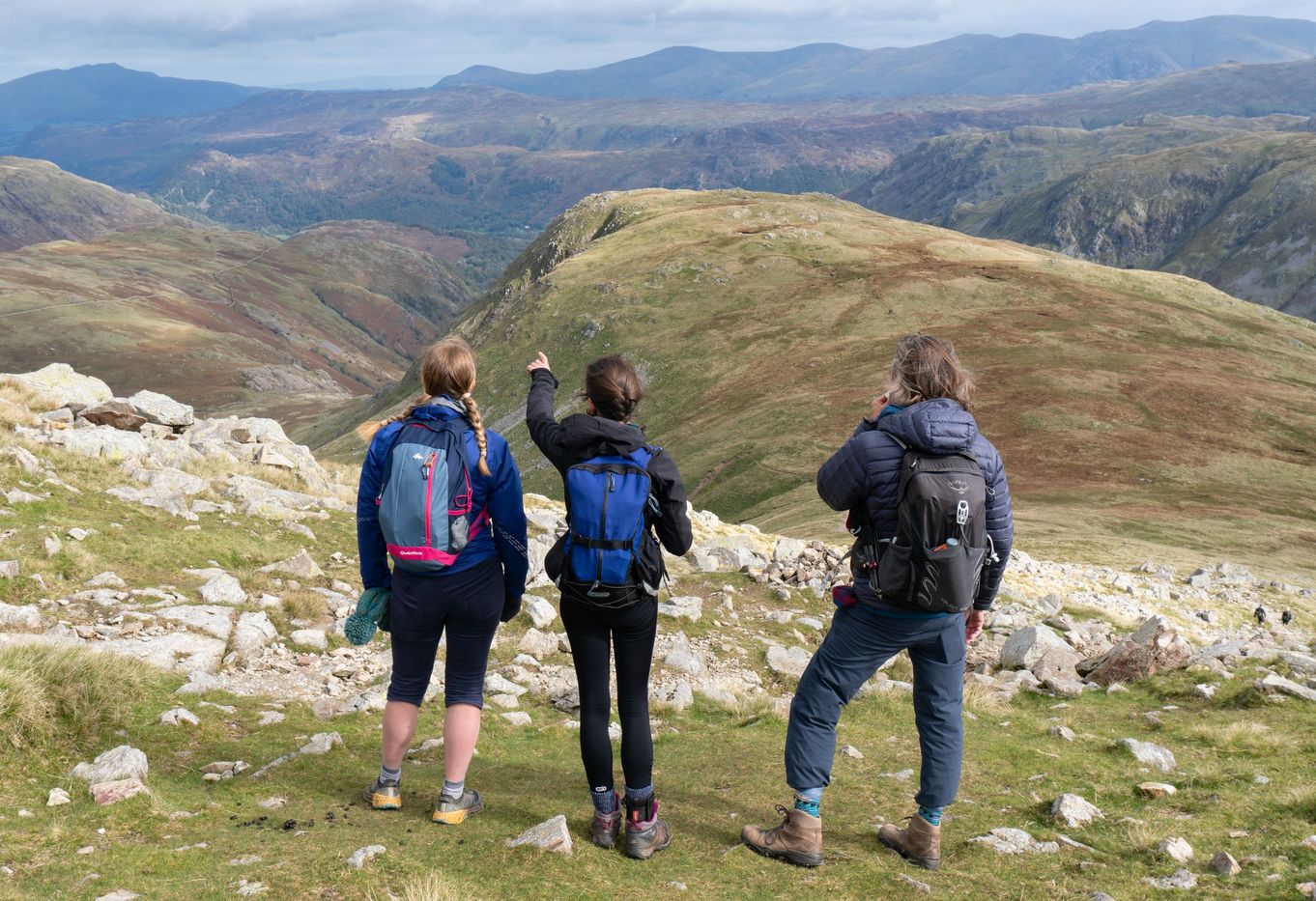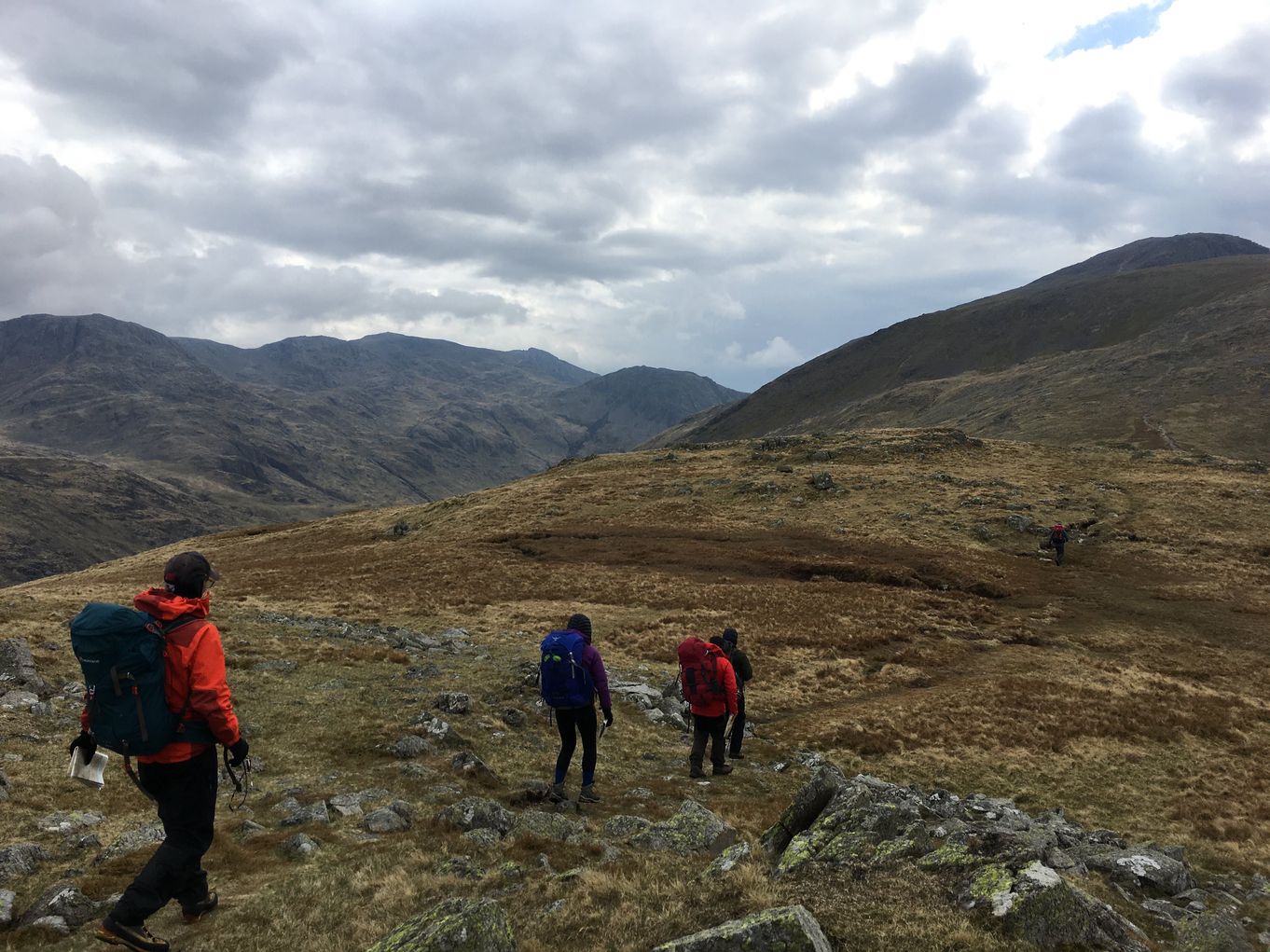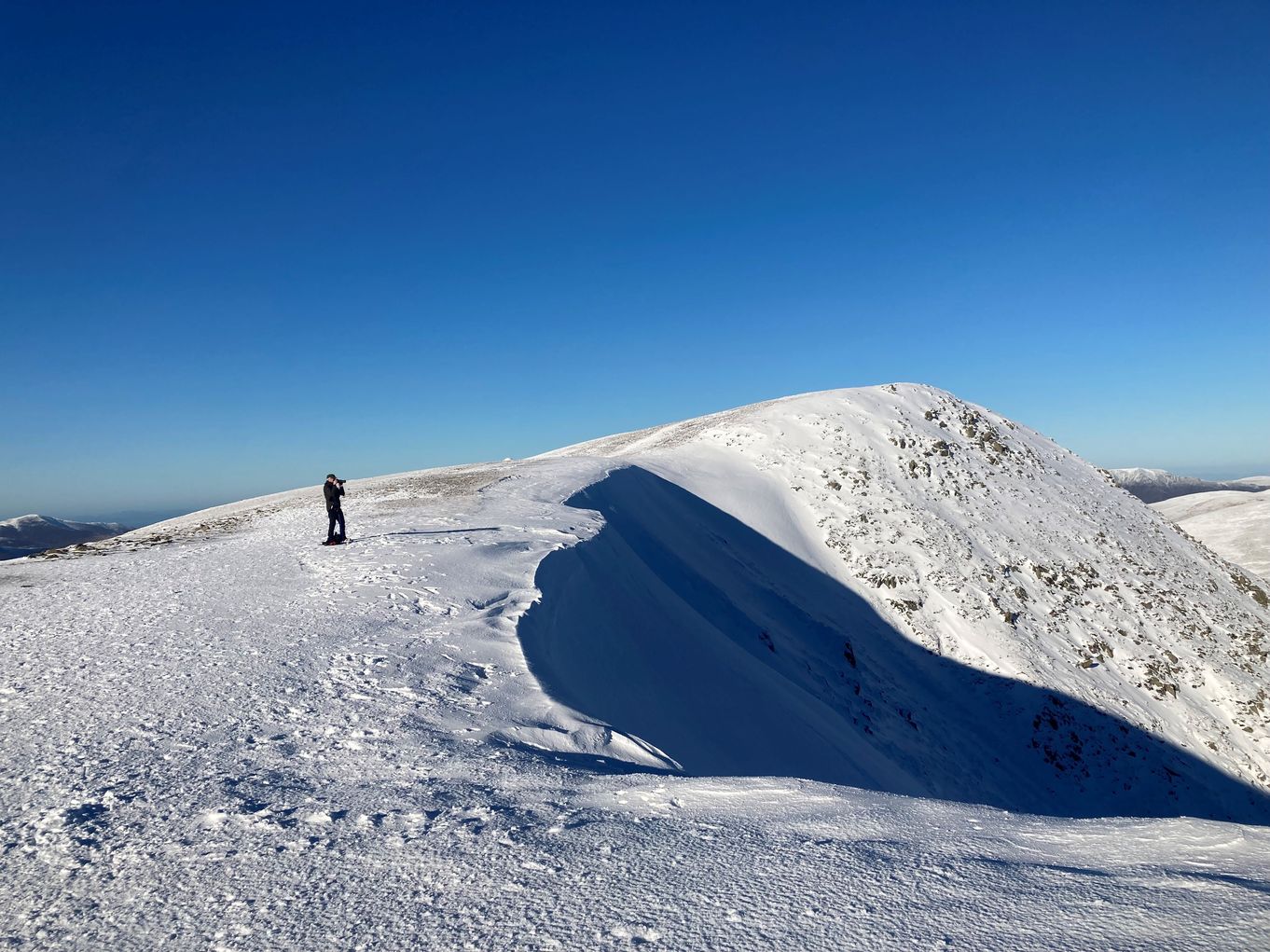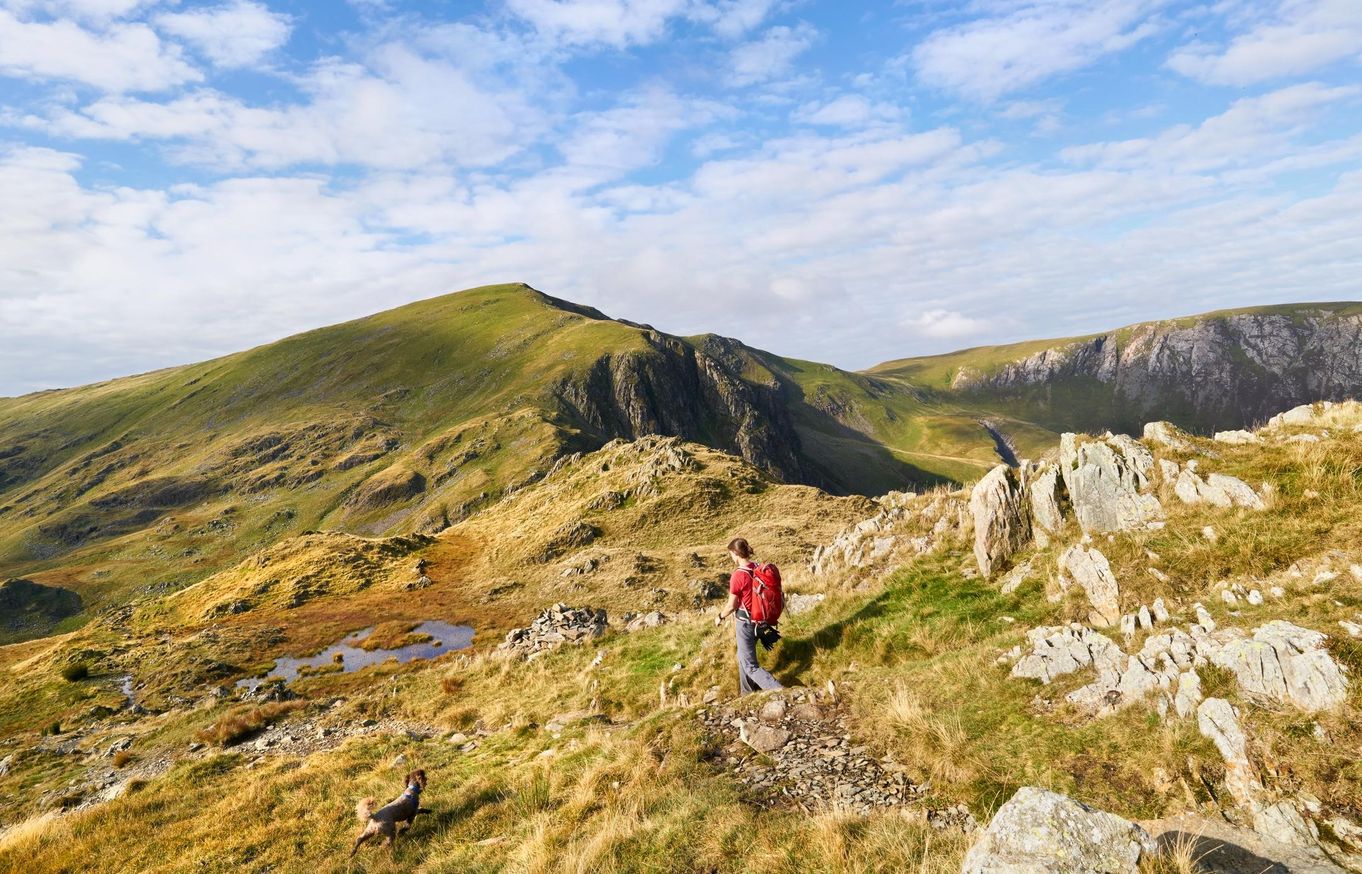Our Guide To Fell Walking: How To Stay Safe On The Fells
Here in Keswick, we’re lucky to be surrounded by the stunning scenery of the Lake District, making Keswick an ideal destination for people who enjoy walking and hiking.
There are some fantastic fell walks around Keswick which will give you the true Lake District experience - but it’s important to be safe when walking on the fells.
From making sure you’re prepared for changing weather conditions, to what you should bring with you, we’ve put together a guide to fell walking which will give you some pointers on keeping safe while you explore the fells surrounding Keswick.
For lots more information on how to be safe in the outdoors, check out Adventure Smart.
And remember to ask yourself these three questions before you set off. If you can say yes to all three - great! Have a fantastic day! And if not - read on to find the answers you need to be kitted up and in the know to be safe!
Knowledge and Skills
Check that the walking route is within your skill level, and the skill level of others in your group: whilst you might enjoy a more challenging walk, not everyone in your party might have the same physical ability as you. Some routes may not be suitable for younger children or elderly members of your group.
Be aware of hazards such as steep ground, bogs, or weather conditions that might affect your route (e.g. flooding).
Plan your route beforehand. There are plenty of walking trails available online or at tourist information points across the Lake District, which will show you exactly which route to take. You should always take a map with you when walking on the fells so that you know exactly where you are at all times. It’s also a good idea to let someone know where you’re going, and what time you expect to be back.
Tell someone where you are going. Share your route plan, possible alternatives, and when you should be back so someone knows when to raise the alarm if you are not back when planned.
If you need help - Mountain Rescue is a charity, maintained by donations and run by volunteers. If you need help in an emergency: call 999 – ask for the police and then the Mountain Rescue.
Weather
Check the weather before you set off and make sure you have everything you need for the conditions, such as hats, gloves etc. in the winter, and sunglasses or sunscreen in the summer. If the weather conditions are poor, for example if snow, fog or heavy rain are expected, it might be best to reschedule your fell walk for another day. Met Office Mountain Forecast and Mountain Weather Information Service are great sources of information on what the weather will be doing in the mountains.
Winter conditions - Winter brings additional challenges, especially when the hills are covered in snow and ice. The wind can make it feel far colder than it is, and the days can be very short so you'll need additional knowledge and gear. Check out Be Adventure Smart In Winter for all you need to know.
The Right Gear
What to Wear
Suitable clothes - as a general rule it can get 1c colder for every 100m you ascend. So if it's a sunny 15c at sea level, it can be closer to 5c at the summit of Scafell Pike. In addition to this wind speeds increase creating wind chill. And if it's raining as well it can be a winning combination to get hypothermia if you don't have warm clothes and waterproofs. It's a good idea to bring a number of layers so you can remove them if you're getting warm going up hill, then put them back on when you stop. An extra emergency layer is important to keep with you in your bag - if you sprained your ankle, could you stay warm while you waited for rescue? A waterproof jacket and trousers are essentials, quick-drying trousers are great (not jeans which hold water and can make you cold), and synthetic layers such as a fleece and wicking t-shirt. Down is light and super warm but is cold if it gets wet so synthetic down can be a better option.
Sturdy shoes - sturdy shoes with good grip are essential in the hills. Trainers don't have enough grip to stop you slipping so you should aim for something like hiking boots. Boots support your ankles, making them less likely to get injured. Boots also protect your feet from stones and are often waterproof which can minimise wet feet - the fells can be very boggy all year round!
Hat and gloves - these can make a huge difference to your temperature in cold weather.
Sun hat and sunscreen - when the sun comes out it can be strong - make sure you bring sun protection.
If you don't have the right gear to bring with you on holiday don't worry. We have a wide range of outdoor shops in Keswick with experts on hand to guide you in what you will need.
What to Bring:
Food and Water - It’s important to stay hydrated, so bring enough water to last you all day - there might not be anywhere on your route to refill your water bottle. If you’re going to be out on the fells for a long period of time, you should also bring some food, not only to stop you from getting hungry, but also to keep your energy levels up. You might want to have a main meal such as a sandwich, as well as a few smaller things to snack on throughout the day; cereal bars, bananas, and chocolate are all good snacks for keeping your energy up.
Map and compass - make sure you have a paper mountain map of the area such as OS Leisure or Explorer or Harveys Maps. The fells are often shrouded in mist and clag, significantly reducing visibility. Don't rely on a mobile phone as batteries can drain, particularly in cold weather, and you can't expect to have a signal. Also, Google Maps does not show enough information on mountainous areas and isn't suitable for navigating in the fells. You also need to know how to read a map and use a compass, if you are unsure then there are plenty of companies offering courses and guided walks.
Walking poles - You might find walking poles useful is you often suffer from aching knees or a bad back after walking. Using walking poles helps to reduce stress on your knees, as a portion of your body weight is taken by your arms, instead of all of your weight being taken by your legs. They can also help you to navigate uneven terrain and are particularly useful downhill.
Torch - It’s always a good idea to bring a torch with you when walking on the fells, even in the summer. If the weather conditions change or it gets dark unexpectedly, having a torch with you will help you find your way back safely.
First aid kit - You should make sure to bring a first aid kit with you when walking on the fells. Hopefully you won’t need it, but in the event of you or a member of your party becoming injured, it’s best to have a few items with you that could help, such as plasters, bandages, painkillers, and antiseptic wipes.
Emergency bag - an essential piece of lightweight kit, an emergency bag will be a lifesaver if something goes wrong. They are cheap to buy and most outdoor shops sell them.
Rucksack - a rucksack or day pack to put it all in.








